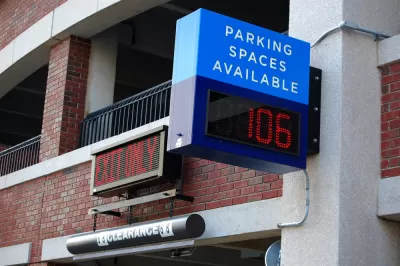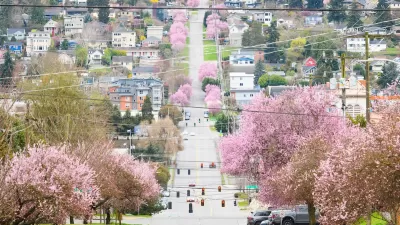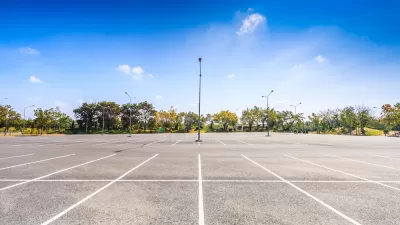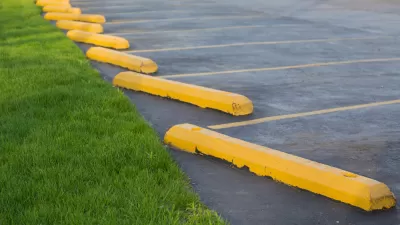Facing an affordability crisis, Seattle is betting on dense, walkable development. The transition away from guaranteed parking promises to be no easier here than elsewhere.

In downtown Seattle and adjacent transit-friendly areas, Mike Rosenberg writes, "30 percent of new apartment developments proposed in the past several years included no parking at all, according to new data analysis provided by the city."
"On average across the city, developers now include 60 percent fewer parking spaces per unit at new buildings than they did a decade ago. Now, only about half of new apartments come with even an option for a parking space."
Eliminating parking requirements eliminates the need for expensive parking garages, reducing costs to developers and increasing density. The city's bet is that this will keep rents in check. And even if it doesn't, the city still benefits from a vibrant, residential downtown.
There has been local resistance to the trend, but Seattle's parking decline seems certain. "With the passage in November of the $54 billion light-rail and bus expansion measure — which includes big money to study housing near new stations — planners will likely move more neighborhoods into zones where parking isn't required."
FULL STORY: Seattle builds lots of new apartments, but not so many parking spots

Trump Administration Could Effectively End Housing Voucher Program
Federal officials are eyeing major cuts to the Section 8 program that helps millions of low-income households pay rent.

Planetizen Federal Action Tracker
A weekly monitor of how Trump’s orders and actions are impacting planners and planning in America.

Ken Jennings Launches Transit Web Series
The Jeopardy champ wants you to ride public transit.

Rebuilding Smarter: How LA County Is Guiding Fire-Ravaged Communities Toward Resilience
Los Angeles County is leading a coordinated effort to help fire-impacted communities rebuild with resilience by providing recovery resources, promoting fire-wise design, and aligning reconstruction with broader sustainability and climate goals.

When Borders Blur: Regional Collaboration in Action
As regional challenges outgrow city boundaries, “When Borders Blur” explores how cross-jurisdictional collaboration can drive smarter, more resilient urban planning, sharing real-world lessons from thriving partnerships across North America.

Philadelphia Is Expanding its Network of Roundabouts
Roundabouts are widely shown to decrease traffic speed, reduce congestion, and improve efficiency.
Urban Design for Planners 1: Software Tools
This six-course series explores essential urban design concepts using open source software and equips planners with the tools they need to participate fully in the urban design process.
Planning for Universal Design
Learn the tools for implementing Universal Design in planning regulations.
Ada County Highway District
Clanton & Associates, Inc.
Jessamine County Fiscal Court
Institute for Housing and Urban Development Studies (IHS)
City of Grandview
Harvard GSD Executive Education
Toledo-Lucas County Plan Commissions
Salt Lake City
NYU Wagner Graduate School of Public Service





























